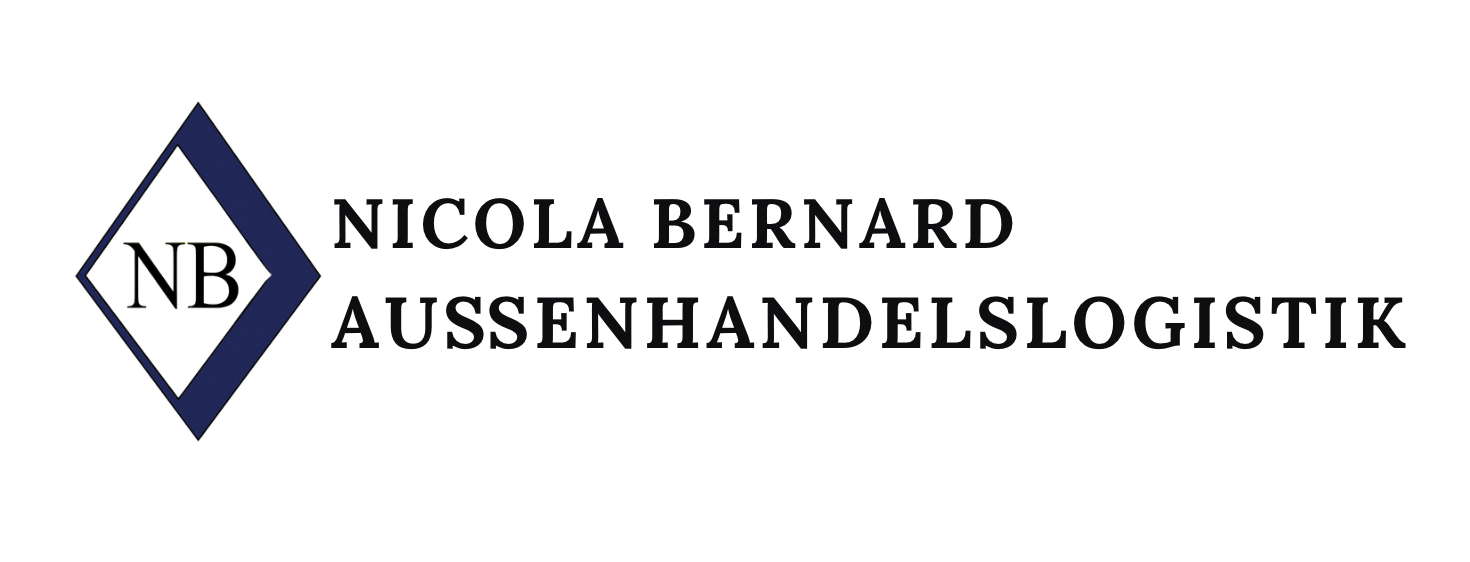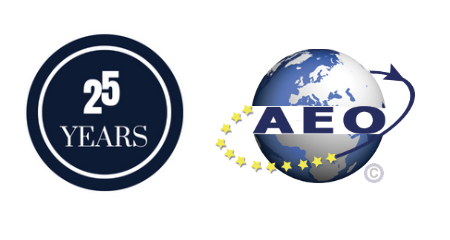On 18 September 2025, the European Union’s environment ministers discussed the next steps towards a climate-neutral future. The focus was on the binding target of reducing greenhouse gas emissions by 90 per cent by 2040 compared to 1990 levels. This interim target is intended to pave the way for the desired climate neutrality in 2050 – while at the same time ensuring the competitiveness of European industry in the global environment.
Climate target for 2040: balance between ecology and economy
The discussions made it clear that this is not just about ambitious climate protection targets, but also about the economic transformation that goes hand in hand with them. In particular, there was discussion of how EU industry can maintain its competitive edge internationally while at the same time reducing emissions.
The Danish Presidency presented a progress report on this issue. It contains proposals for new flexibility mechanisms, such as greater consideration of national conditions and measures to combat carbon leakage – i.e. the relocation of emission-intensive production to countries with less stringent environmental standards.
Unresolved issues in the political arena
There was agreement on the need for a stable political framework to support the transition to climate neutrality. However, there remains disagreement on how international CO₂ certificates and the crediting of natural carbon sinks – such as forests or moors – should be incorporated into the achievement of targets.
Declaration of intent for 2035
In parallel with the 2040 target, ministers adopted a declaration of intent to update the EU’s climate contributions (Nationally Determined Contributions, or NDCs) under the Paris Agreement. According to this, the EU intends to present revised NDCs before COP30 in Brazil in November. These are to define an indicative climate target for 2035, which envisages a reduction in greenhouse gas emissions of between 66.25 and 72.5 per cent.
Source: DIHK (in German)






